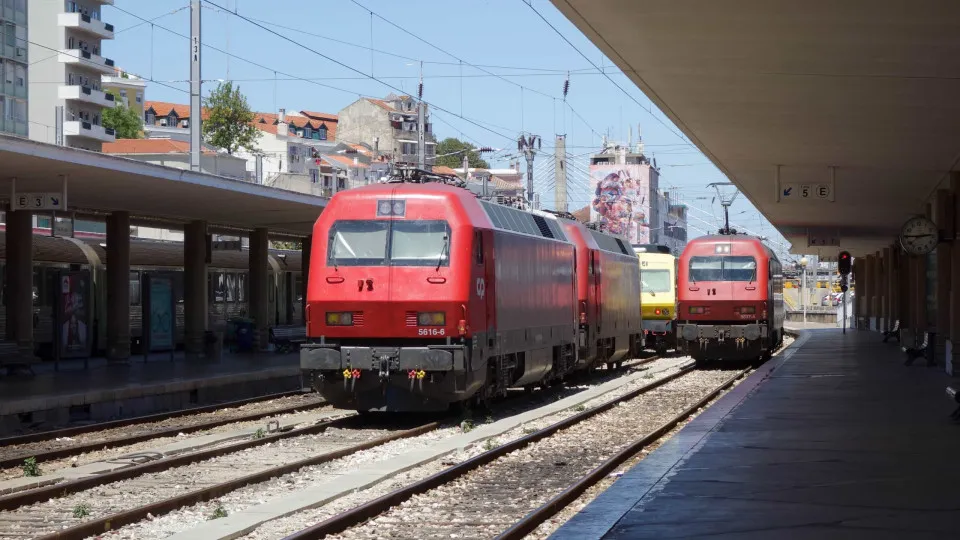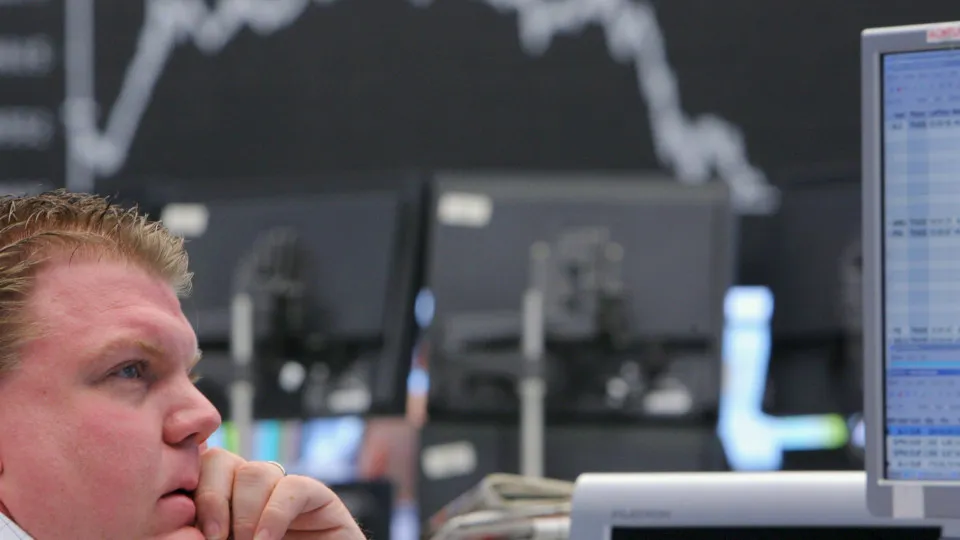
In a quarterly credit bulletin, a financial rating agency indicates that efforts to streamline production and stabilize prices in sectors facing overcapacity, such as cement, steel, and automotive, could benefit the most efficient companies with state support. These efforts could, however, lead to a faster decline in demand than supply, hindering growth.
The agency forecasts China’s economic growth to slow to 4.7% this year and 4.1% in 2026, with U.S. tariffs limiting exports’ contribution to growth.
Domestic consumption, a priority for Beijing by 2025, is expected to decelerate from 4.9% this year to 3.5% next year. This slowdown is attributed to weak consumer confidence, stagnation in the real estate sector, and the fading impact of specific subsidies like those for appliance trade-ins.
“In the short term, the campaign against involution could ease price wars that negatively affect credit ratios of consumer service providers,” states the report.
The term ‘involution’ refers to excessive internal competition, where manufacturers reduce prices to levels that threaten profit margins, in a struggle for survival that ultimately unsustainable businesses.
The agency notes that less aggressive discounts could help stabilize vehicle manufacturers’ profitability but warns that competitive pressures from innovation and battery costs remain risks.
The agency highlights a downgrade in the debt rating of Beijing Automotive Group from ‘b+’ to ‘b’, reflecting expectations of lower profit margins and higher liabilities by 2026.
Conversely, the home delivery company Meituan’s ‘BBB+’ rating remains unchanged, though its outlook has been revised from positive to stable due to slower revenue growth and reduced profitability amid intense competition.
The difficulties in streamlining cement production or oil refining, including political resistance to factory closures, exemplify the obstacles to implementing anti-involution policies, the agency explains.
In sectors like steel, domestic demand might fall short of expectations, pressuring Chinese producers to increase exports and heighten competition with foreign rivals.
In the financial sector, the agency anticipates further cuts in the seven-day reverse repo rate, expected to drop to 1.2% this year and 1% in 2026, allowing banks to boost liquidity.
Nevertheless, the effects of monetary policy are limited, given the weak credit demand and pressure on banks’ margins.
Stimulus measures, such as subsidies that reduce the interest rate on new consumer loans by up to one percentage point, are expected to have only a marginal impact, the agency notes.
Despite the strong recent performance of Chinese stock markets, driven by investment shifts from real estate to tech stocks, stock market financing remains marginal.
The agency forecasts a slight depreciation of the yuan against the dollar, from the current 7.12 to 7.30 per dollar by the end of 2026. This depreciation is not expected to offset U.S. tariffs but could boost Chinese exports to other Asian markets.
In the real estate sector, sales of new homes are projected to decline 7% in 2025 and another 6% in 2026, extending the collapse that began in 2022.
The agency emphasizes that consumer recovery will be unsustainable without a lasting restoration of consumer confidence and stabilization of the housing sector.




